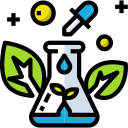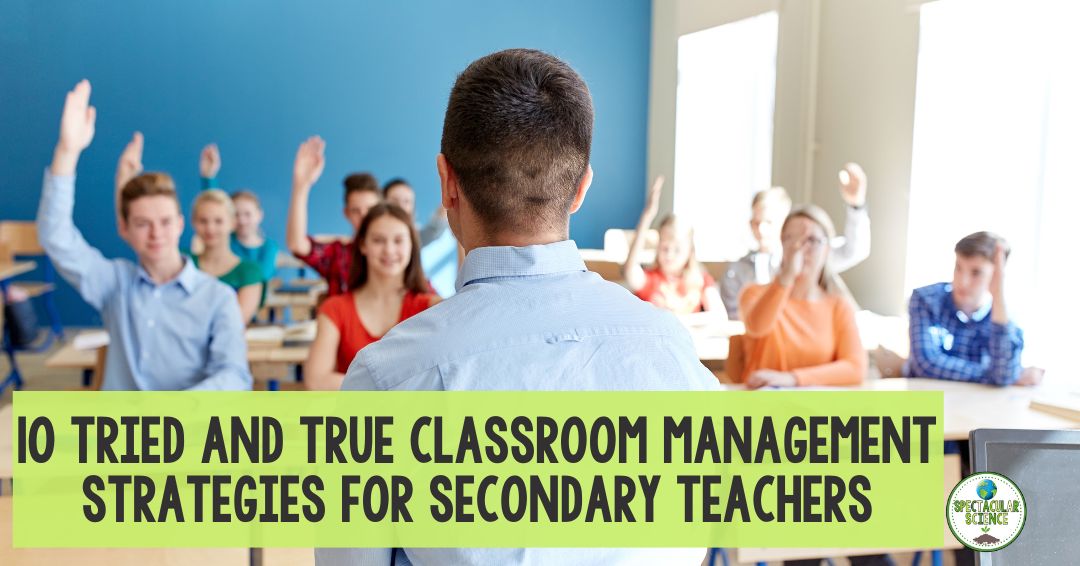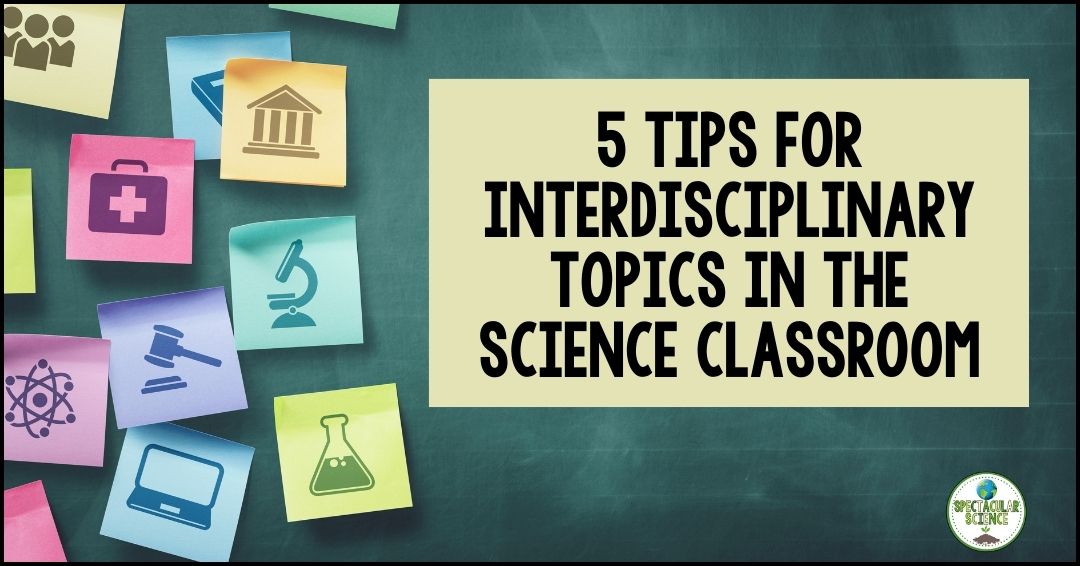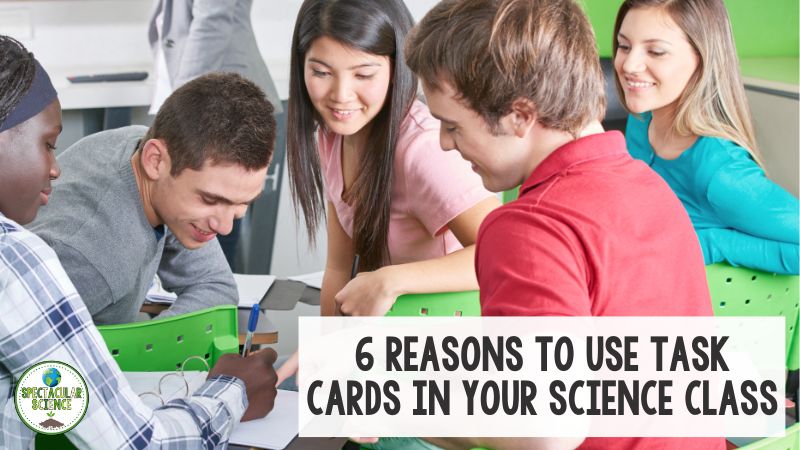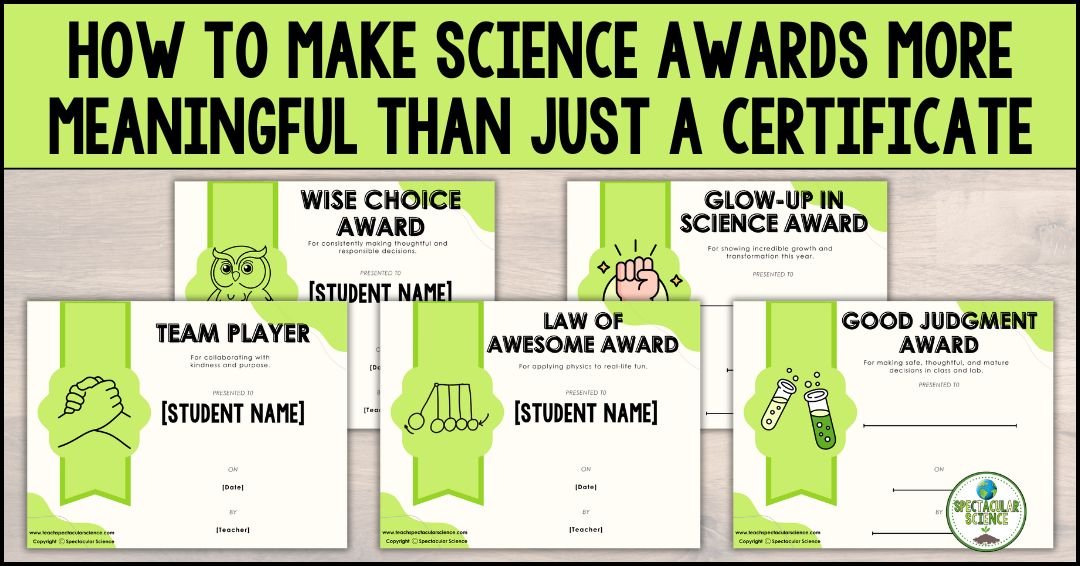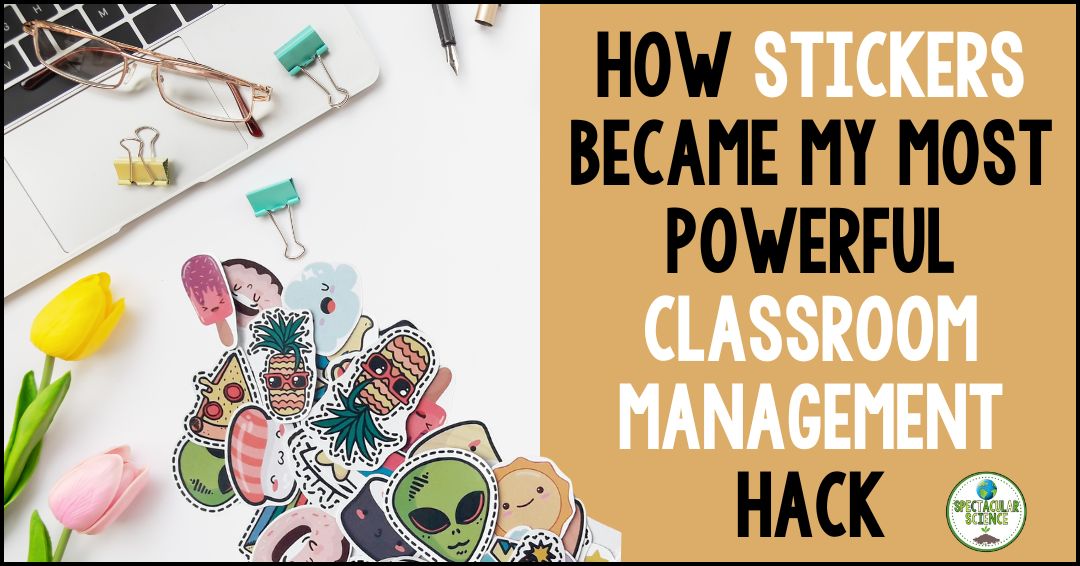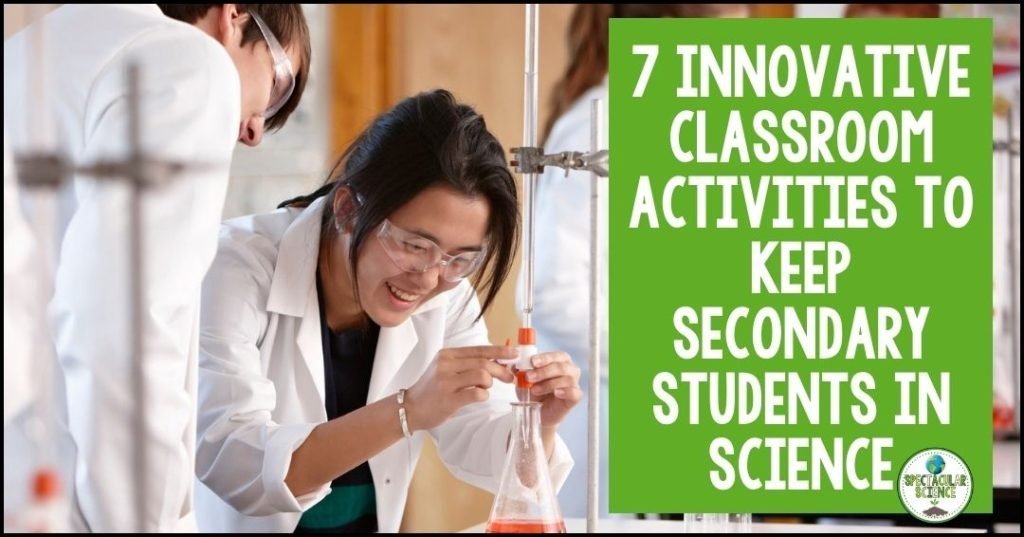
Embarking on virtual field trips with my students were game-changer, especially when we explored the majestic Mount St. Helens. As we navigated through the immersive landscapes of this volcanic wonder, witnessing the raw power of nature from the comfort of our classroom screens, the enthusiasm among my students was palpable. Little did I know that this virtual journey would spark a newfound interest in volcanoes and set the stage for a series of innovative classroom activities.
Science education plays a pivotal role in shaping students’ critical thinking, problem-solving skills, and fostering a curiosity about the world around them. To make science classes more engaging and memorable, educators need to incorporate innovative and interactive activities that go beyond traditional lectures. Let’s explore various creative classroom activities designed to captivate the minds of secondary students, making the learning process both enjoyable and educational.
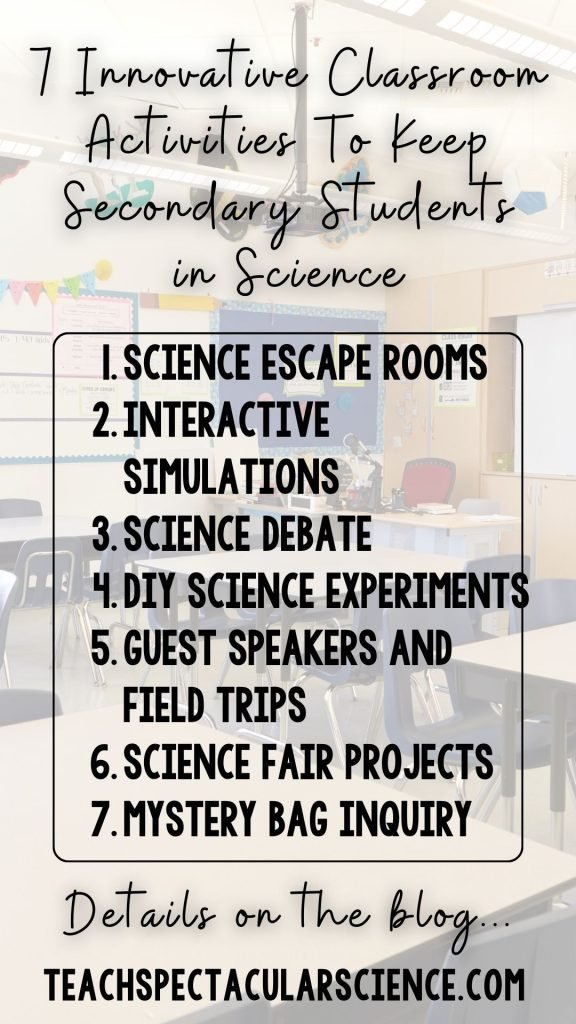
1. Science Escape Rooms
Transform your classroom into an escape room where students work in teams to solve science-related puzzles and challenges. This activity encourages collaboration, critical thinking, and problem-solving.
Example:
- Develop an astronomy-themed escape room where students solve puzzles to prevent an asteroid from colliding with Earth, incorporating principles of physics and celestial mechanics.
- This Aquatic Biomes Google Form escape room activity takes students on an underwater adventure where they must complete 4 multi-step critical thinking tasks related to aquatic ecosystems to find the codes they need and escape each ocean biome.
- This Earthquakes Google Form escape room activity takes students on a thrilling seismic adventure where they must complete 4 multi-step critical thinking tasks related to earthquakes to find the codes they need and escape the quake zone.
- Check out my teacher friend Carrie’s Atoms and Atomic Structure Escape Room Activity. The atoms and atomic structure escape room is an engaging and interactive learning experience students love! It’s a great way to provide review or extra practice while promoting critical thinking and teamwork.
This hands-on approach not only reinforces scientific principles but also cultivates teamwork and resilience as students tackle challenges collectively.

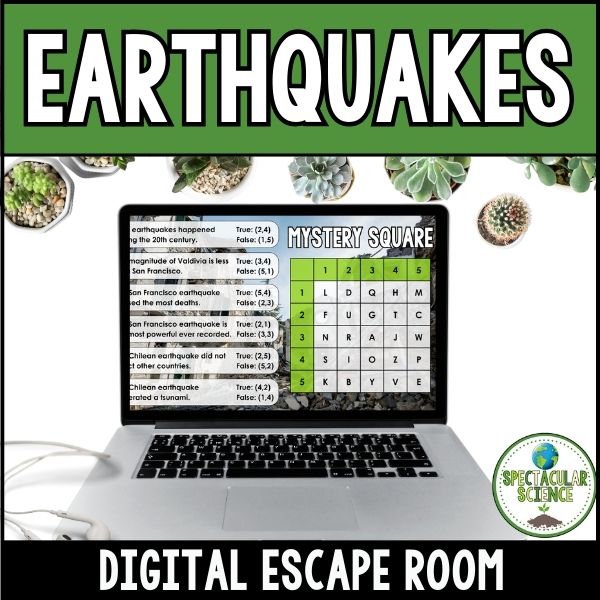
2. Interactive Simulations
Use online simulations to allow students to experiment with scientific concepts in a virtual environment. This provides a safe and controlled space for them to explore and understand complex scientific phenomena.
Examples:
- For physics, utilize a simulation that allows students to explore the effects of gravity and friction on different objects. Here’s one from PHet.
- For biology, simulate the human body’s digestive system to enhance understanding.
- For chemistry, implement a simulation where students can mix virtual substances to observe chemical reactions and learn about reaction kinetics and stoichiometry.
These simulations not only make abstract concepts tangible but also accommodate diverse learning styles, ensuring a more inclusive educational experience.
3. Science Debate
Organize debates on controversial scientific topics, encouraging students to research, analyze evidence, and present their arguments. This activity enhances communication skills and deepens understanding of scientific concepts.
Examples:
- Have students debate the ethical implications of elephant culling as a means of population control, considering factors such as conservation, animal welfare, and ecosystem balance. This debate can be found in this Terrestrial Biomes Unit.
- Introduce a debate on environmental ethics, prompting students to explore the responsibilities of individuals and societies in preserving biodiversity, mitigating climate change, and sustainable resource management. This debate it part of the Environmental Science: Back to the Basics Unit. Check it out to see why other teachers love it!
- Have students debate topics such as the use of genetically modified organisms (GMOs), the impact of climate change, or the ethics of animal testing in scientific research.
- Introduce a debate on the benefits and risks of advancements in artificial intelligence, prompting students to explore ethical considerations in technology and its potential impact on society.
Engaging in debates not only sharpens critical thinking but also exposes students to the societal implications of scientific advancements, fostering a holistic understanding of the subject.
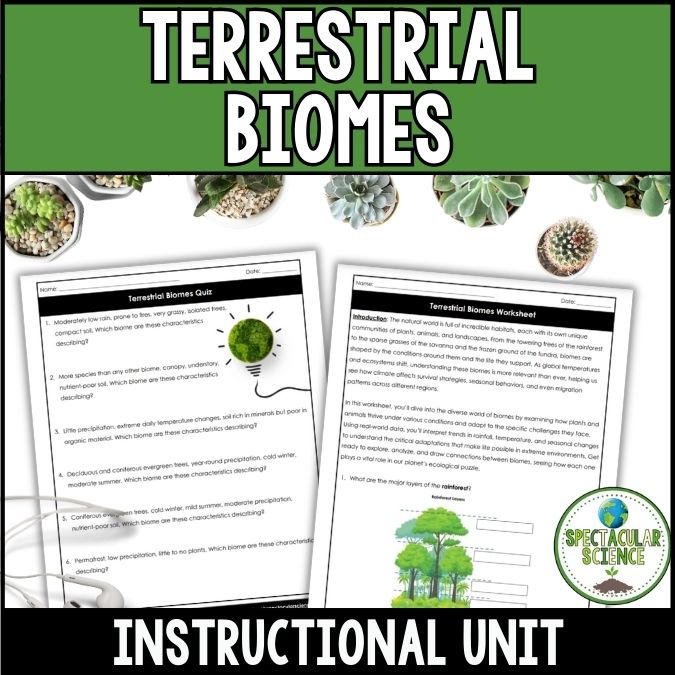
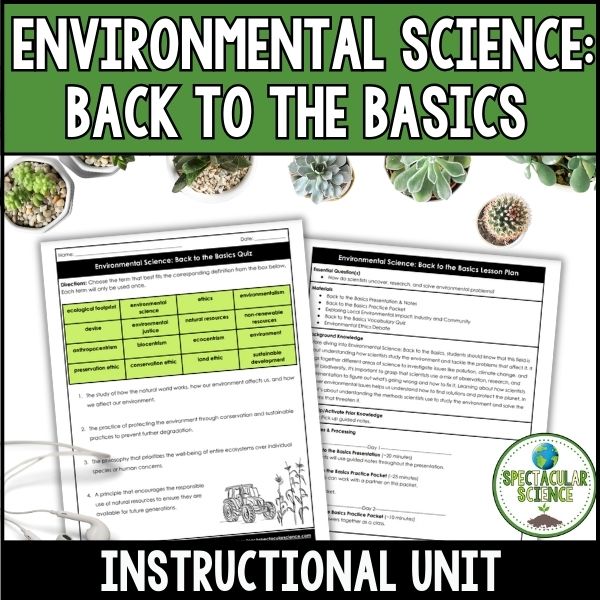
4. DIY Science Experiments
Allow students to conduct hands-on experiments using readily available materials. This fosters a sense of curiosity and discovery, making science more tangible and exciting.
Examples:
- Have students investigate the principles of buoyancy by designing and building their own boats using materials like aluminum foil, plastic straws, and tape.
- Explore the physics of sound waves by having students create homemade musical instruments, such as rubber band guitars or water-filled glasses, to understand concepts like frequency and amplitude.
Encouraging creativity through DIY experiments not only reinforces scientific principles but also empowers students to take ownership of their learning journey.
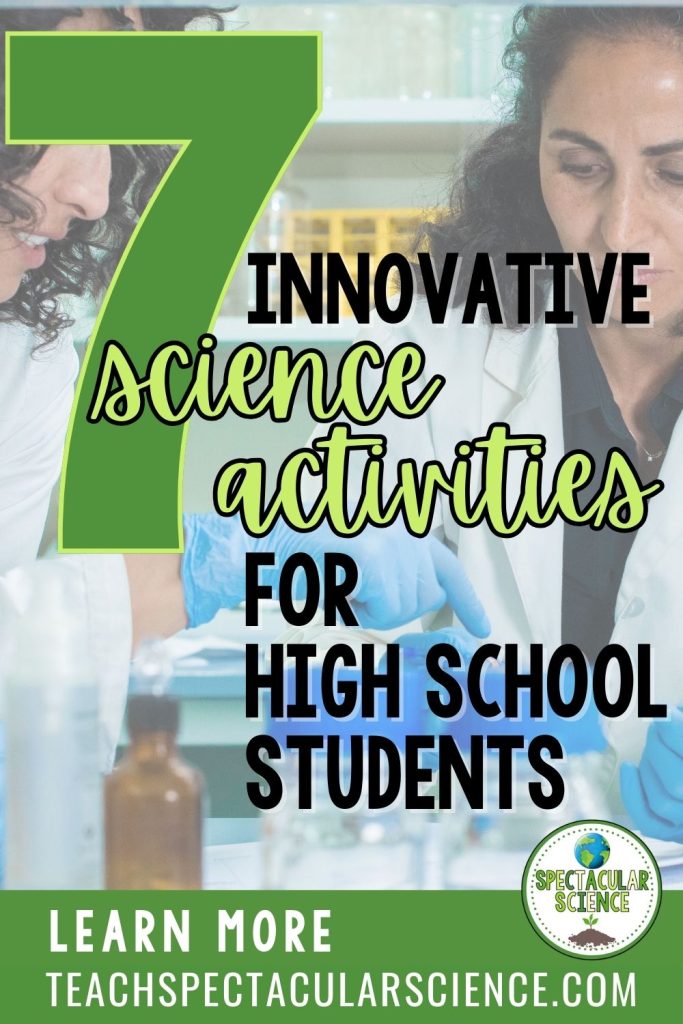
5. Guest Speakers and Field Trips
Bring real-world applications of science into the classroom by inviting guest speakers or organizing field trips. This exposes students to various career paths and demonstrates the relevance of science in everyday life.
Examples:
- Invite a local scientist, engineer, or environmentalist to share their experiences and insights with the students.
- Alternatively, take students to a science museum, research facility, or botanical garden for a hands-on learning experience.
- Arrange a virtual tour of a space agency or a live video conference with a marine biologist, allowing students to interact with professionals and gain insights into diverse scientific fields.

Virtual field trips offer digital explorations of our world for our students through images, videos, audio clips and sounds.
Love the idea of incorporating virtual field trips into your classroom? The benefits of virtual field trips for your classroom are abundant! Check out this post with tips and tricks about how to make them work for your science classes.
Connecting students with real-world practitioners not only enhances their understanding of scientific applications but also inspires them to envision potential career paths in STEM fields.
6. Science Fair Projects
Encourage students to pursue independent research projects and present their findings at a science fair. This promotes creativity, scientific inquiry, and presentation skills.
Examples:
- Allow students to choose topics of personal interest, such as the effects of different fertilizers on plant growth, the impact of light on seed germination, or the analysis of water quality in a local pond.
- Challenge students to investigate the science behind everyday household items, such as the efficiency of different types of insulation materials or the chemical reactions involved in cooking processes.
Empowering students to design and execute their projects not only reinforces the scientific method but also fosters a sense of ownership and curiosity that extends beyond the classroom.
7. Mystery Bag Inquiry
Place various items related to a scientific concept inside opaque bags. Students, without seeing the contents, use their sense of touch to explore and make predictions about the items, fostering observational skills and hypothesis formation. Want a done-for-you activity? Check out this Shoebox Observations Lab, the perfect addition to your science curriculum to help students differentiate between observations and inferences.
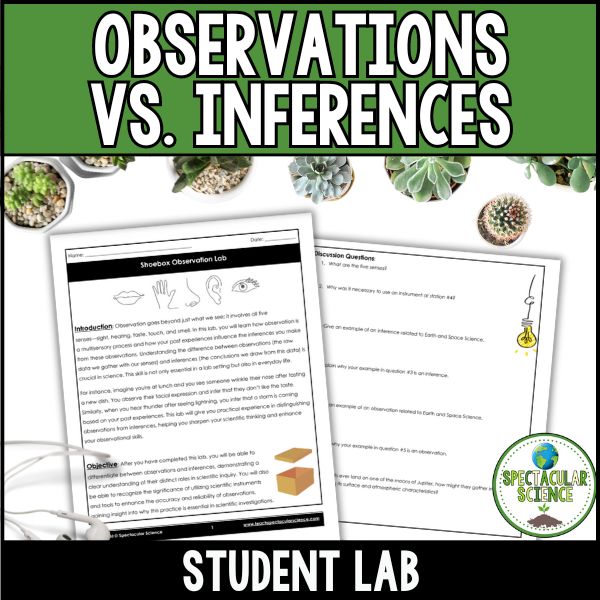
Additional Examples:
- For a lesson on adaptation, include items like feathers, a small fan, and sandpaper. Students feel each item and deduce their functions, relating them to adaptations in birds’ plumage and animal behavior.
- Explore the concept of states of matter by including items like ice cubes, a sponge, and a balloon. Students infer the states of these objects and discuss the scientific principles behind them.
This activity not only engages the tactile senses but also prompts students to think critically about the scientific principles governing the items in the bags, promoting a deeper understanding of the concepts.
Final words on these classroom activities
Alright, so, keeping middle and high schoolers hooked on science isn’t just about cool experiments and high-tech stuff. It’s about making science real and relatable. Connect what they learn in class to the real world – show how science is all around us. Tying lessons to current events or hot topics makes it more interesting. Let them dig into hands-on projects and explore their own questions. When students can see the practical side of science and have a say in what they study, it makes a big difference.
And hey, being open to their feedback and tweaking how you teach helps keep things fresh and engaging. It’s all about creating an environment where science isn’t just a subject but a journey they’re excited to be on.

